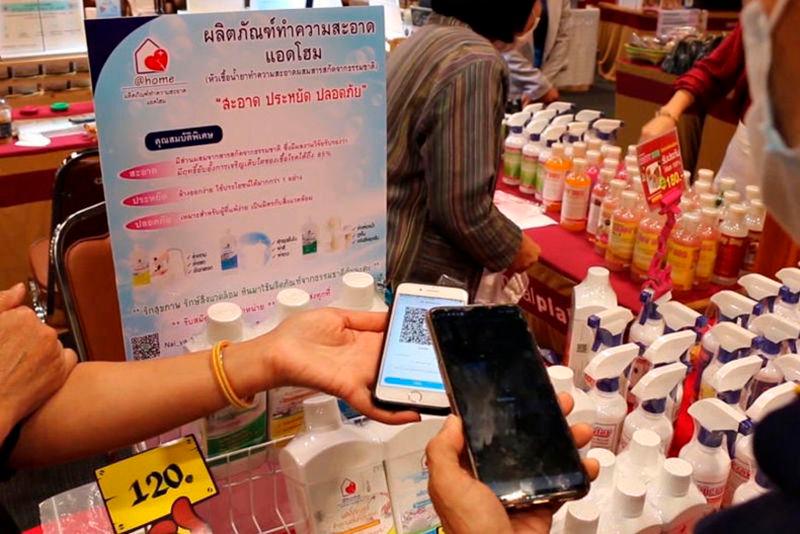IF you’re planning a trip to Thailand soon, there’s one thing you should know: paying through QR codes aren’t the all-knowing magic ticket some might say they are.
A recent post on Threads from a Malaysian traveller has sparked a discussion about QR payments in Thailand.
Despite hearing that QR codes would be accepted everywhere, @ct.sals quickly learned that small businesses often don’t have the infrastructure for them.
“Large restaurants and shopping malls might be fine, but many local shops use personal accounts that don’t support QR payments. Only those with merchant accounts can process these transactions, and most avoid it due to the 2%-4% fees.”
She then found herself without enough cash and had to borrow money from a friend working in Bangkok.
Others chimed in with similar experiences.
@puterizariela shared how she ran out of Thai Baht but didn’t want to withdraw more from the ATM due to the high RM36 fee per withdrawal.
@naufalazim pointed out that while Malaysia has one of the best QR payment cultures in Southeast Asia, cash is still the preferred method in many situations.
“Even at places like 7E, there’s often a minimum spend required to use Touch n Go. It seems that cash remains the easiest option in many places.”
In response to the above comment, TNG eWallet stated overseas QR payment does not have a minimum spend requirement, regardless of the country or merchant, as long as the transaction is within the user’s in-store and online payment limit, which can be customised in the app settings.
“While some merchants may impose their own minimum spend, 7-Eleven does not require one to use TNG eWallet,” the company stated in an email to theSun.
@leah_amiruddin and @ai.zatyx also shared that they now exchange extra cash before trips, using QR only at major stores like 7-Eleven, through TnG, while @yeyaanazari added that paying in cash makes it easier to track spending.
QR payments are everywhere in Malaysia, even at pasar malam, but Thailand’s system isn’t as widely adopted yet.
While Malaysia has fully integrated QR payments like DuitNow into daily life, Thailand’s system, though technically strong, hasn’t reached the same level of use.
Since 2017, the Bank of Thailand has promoted a national QR standard and linked it with ASEAN countries like Malaysia, Singapore, and Indonesia through the PromptPay system.
In 2021, Bank Negara Malaysia and the Bank of Thailand began improving cross-border QR payments and as of March 2025, Malaysians can now use their mobile apps to scan Thai QR codes at participating merchants.
According to the Bank of Thailand’s website, “The cross-border payment linkage between Thailand and Malaysia successfully connects the real-time retail payment systems of two countries, PromptPay in Thailand and DuitNow in Malaysia. Tourists of both countries can make payments for goods and services by scanning QR codes at merchants.”
Although this will make things easier for future travellers, especially when more businesses adopt the system, it’s clear that for now, cash is almost always necessary.
QR payments are growing, but until they are fully rolled out in small businesses, it’s wise to carry cash for times when QR isn’t an option.









